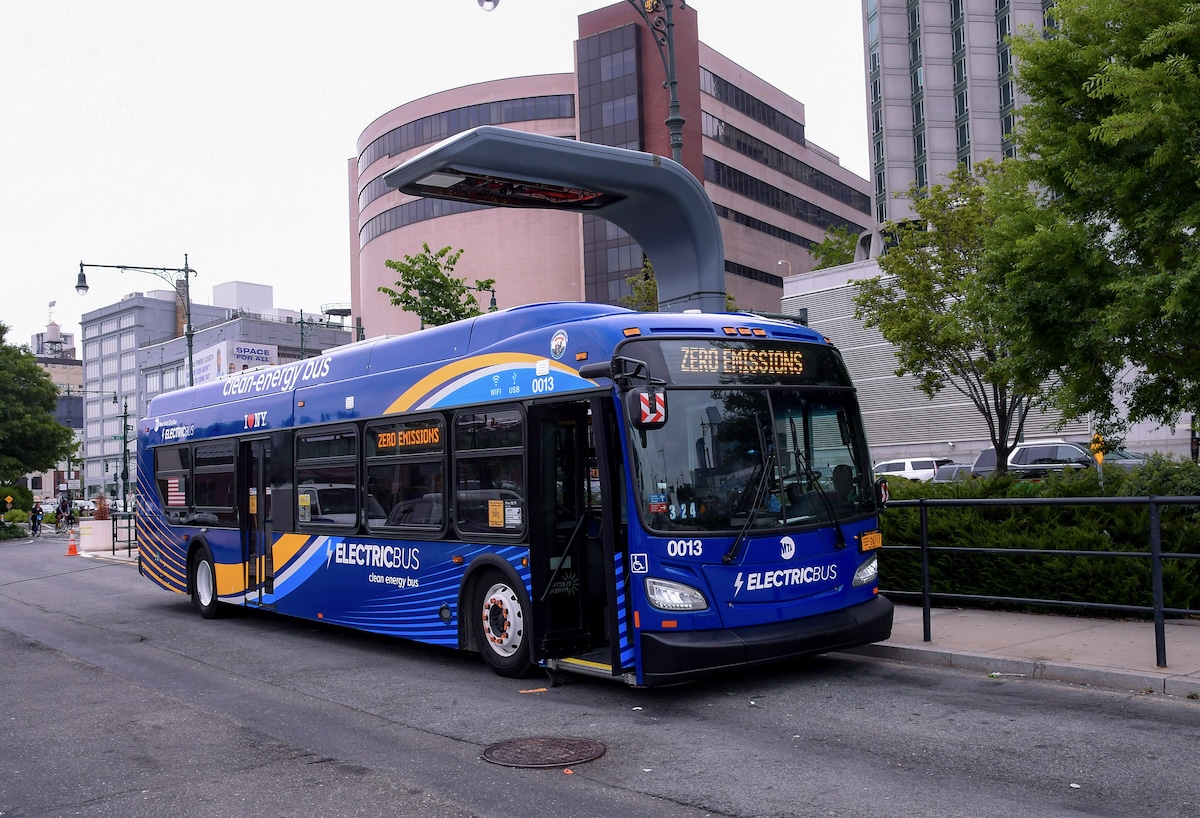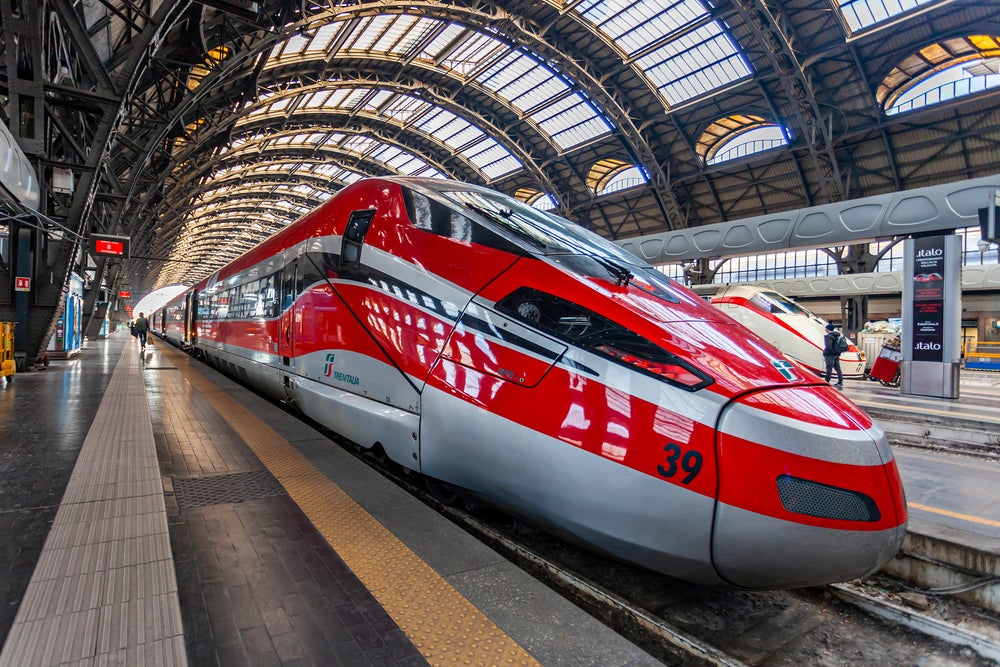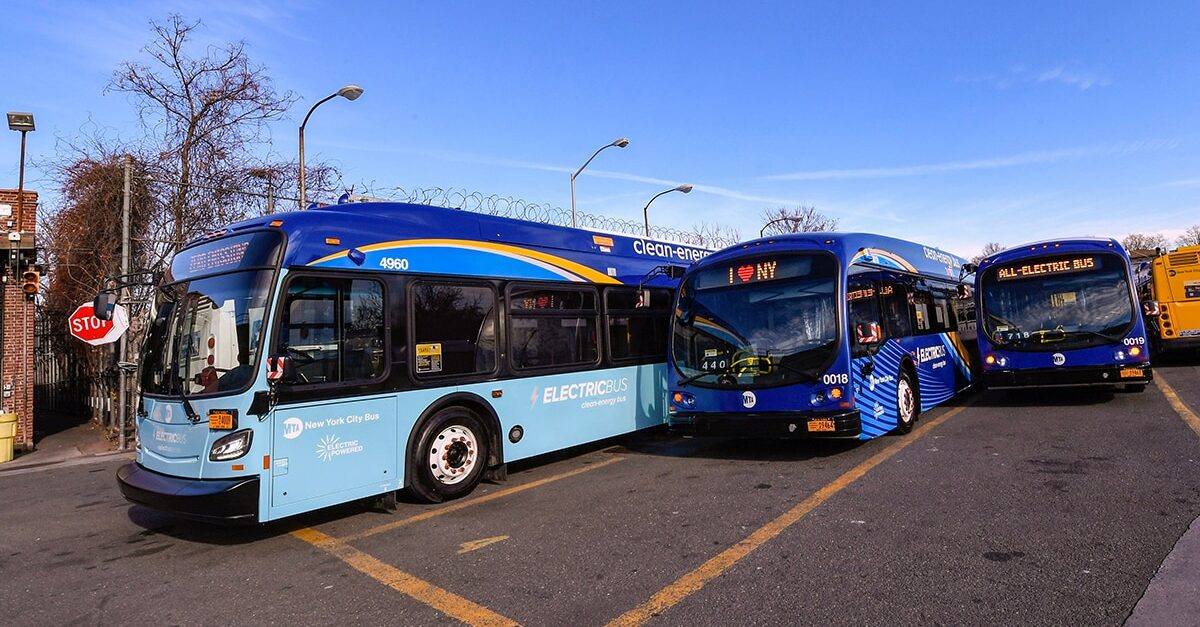The Self-Driving Delusion and the Case for Smart Buses
For over a decade, Elon Musk has promised us full self-driving Teslas “in two years.” It's become a running joke in the tech world, and yet the myth continues. Tesla’s camera-only approach—eschewing LIDAR and radar—may have cost advantages, but it’s hitting the same wall over and over again: reality. Vision alone struggles to consistently discern depth. A 3D object can look 2D on camera. What happens then? You plow right in.
Meanwhile, companies like Waymo use LIDAR to actually understand the depth of their environment. It’s not perfect, but it’s grounded in the real world, not sci-fi timelines and Twitter hype cycles. The truth is, getting to 80% of self-driving capability might take you a few years. But the final 20%? That’s where it gets brutally hard. The margin of error disappears. A system that’s “almost there” in this case is not 80% done—it might only be 40% done, or even less.
It’s Not a Tech Problem, It’s an Attitude Problem
What if we’re asking the wrong question? The obsession with self-driving cars reflects an outdated vision of mobility—one rooted in the car-centric American dream rather than 21st-century efficiency, safety, and sustainability.
Here’s a radical thought: maybe the answer has been in front of us the whole time. Buses. Self-driving buses on pre-determined routes are orders of magnitude easier than solving for every random car trip from anywhere to anywhere. On a fixed route, with mapped streets, weather sensors, AI cameras, traffic coordination systems, and a central monitoring network, you can design reliable autonomous transit far sooner.
Buses aren’t just easier to automate—they’re more efficient. They use less road space per passenger, reduce emissions, and decrease traffic. They cost less to operate per capita. They can be connected to a real-time sensor grid—think LIDAR, pole-mounted cameras, roadside sensors—to survey and optimize entire road networks collaboratively.
And in the meantime, while we perfect this system, bus drivers are still driving. And guess what? If the driver is driving the bus, you’re not. You can read, work, rest. That’s already a form of freedom Tesla can’t give you, even today.
Reimagining the Route
Let’s reframe mobility in three tiers:
-
Under 10 miles? Small electric shared vehicles or micromobility (e-bikes, scooters).
-
10 to 100 miles? Smart buses with sensor networks, priority lanes, and eventual autonomy.
-
100+ miles? Trains. High-speed. Electrified. Quiet. Comfortable.
That final five-mile gap? Solvable. Use shuttles, shared rides, or even walking paths. It’s all about integration—not just inventing the next shiny toy.
The Car is Not King
America’s fixation on the car as the default transportation unit is what’s holding us back. It’s not the tech that’s failing—it’s our inability to imagine a different world.
We keep asking, “When will my car drive me?” But the better question is: “What is the smartest, safest, and most sustainable way to get everyone from A to B?”
Buses—with or without drivers—may be boring. But they’re better. And they’re ready now.
2 minutes of Waymos being “years ahead of Tesla RoboTaxi”. $tsla pic.twitter.com/AEkPF8SgkG
— Ramy (@TeslaXplored) June 24, 2025
Waymo and Zoox executives watching the first Robotaxi live streams on 𝕏 be like: pic.twitter.com/sRrl88hR8o
— TechGeek Tesla 🔋⚡️ (@jonbbc) June 22, 2025
My Tesla Robotaxi avoids running over a peacock pic.twitter.com/aUCu0dD5lq
— Teslaconomics (@Teslaconomics) June 24, 2025
Tesla robotaxi slams on brakes hard — catches influencer riding by surprise, who says “it braked for no reason,” but was it due to mild sun glare, which is kryptonite for Tesla’s lame full self driving software (FSD). 😂
— @onoso.bsky.social (@dotNoso) June 24, 2025
pic.twitter.com/pIoainmDym
Tesla "robotaxi" launch day in Austin. This is the only video you need to see, in case it gets deleted.
— Motorhead (@BradMunchen) June 23, 2025
Watch the Tesla try to turn where it's not supposed to at around 18 seconds into the video. $TSLA pic.twitter.com/8307Es7zWJ
It's hard to imagine things getting much worse. https://t.co/Ful8czYBKa
— Futurism (@futurism) June 25, 2025
1/ Elon Musk has promised full self-driving Teslas “in two years” for over a decade. That myth is still alive. But here’s the truth: Tesla’s camera-only approach has a fatal flaw. 🧵 @Tesla @Teslarati @elonmusk
— Paramendra Kumar Bhagat (@paramendra) June 25, 2025
Why am I tagged here? 😂
— Mr. Olympian 🏋🏽 (@asianoppar) June 25, 2025
Mindset changes, tech is always the biggest obstacle when it comes to... tech innovation





